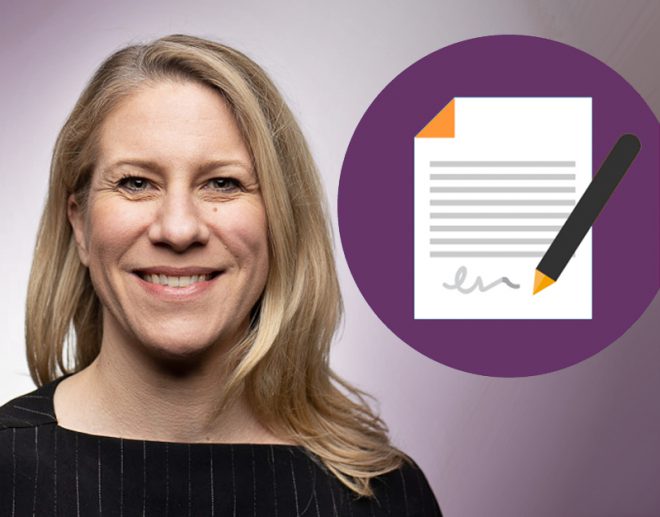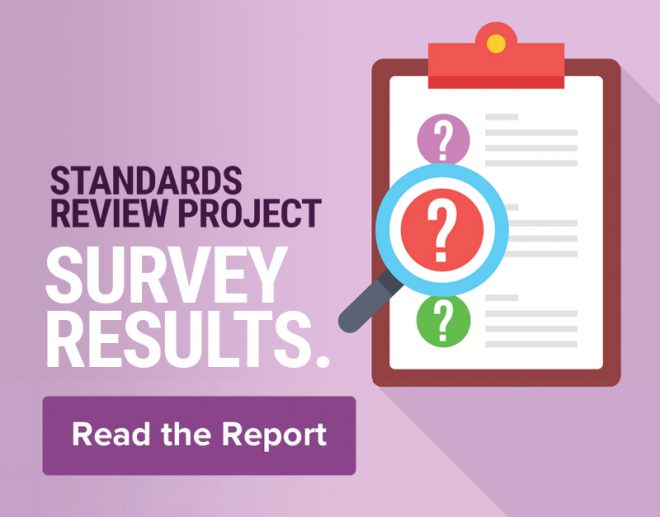What is a yoga teacher trained to do, exactly? What do they actually do, in practice, in the many environments in which they work? How many roles do they play to their students, clients, and trainees? How can the public expect a yoga teacher to know and respect the limits of their training and skill? At what point does a yoga teacher refer a student, client or trainee to a more qualified or licensed practitioner for physical, psychological, or educational services?
These questions have not been answered definitively by any yoga school, trade organization, or theorist.
In general, this silence emerges out of that same combination of respect and mystery provoked by Feuerstein’s reflection above. With the history of yoga philosophy, practice, and culture being so diverse, who would want to risk proposing a definition of yoga that would limit its wonders and gifts within a discrete scope?
This, roughly speaking, has been the institutional quandary of Yoga Alliance, which from its origins has sought to foster best practices, rather than to define and police. Unfortunately, the natural reticence of the organization in relation to these questions has allowed doubts to smolder within its registration base, and amongst its critics:
“What are we actually doing here? What are we paying you to oversee?”




